ponds and streams
gregoryjohn
19 years ago
Related Stories

GARDENING GUIDESGreat Design Plant: Anemone Canadensis Adds Pizzazz to Water’s Edges
Plant Canadian anemone along pond, lake or stream edges for a splash of white flowers in late spring
Full Story
GARDENING AND LANDSCAPINGHow to Make a Pond
You can make an outdoor fish paradise of your own, for less than you might think. But you'll need this expert design wisdom
Full Story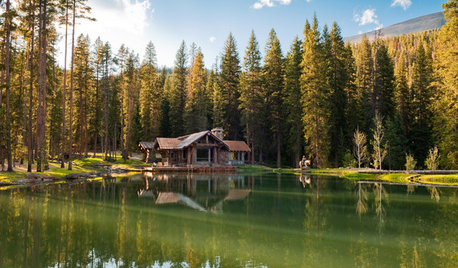
HOUZZ TOURSHouzz Tour: Rustic Cabin With Dive-In Pond
Set on 22 acres and with as many modern comforts as rugged trails, this Montana home is an outdoor lover's paradise
Full Story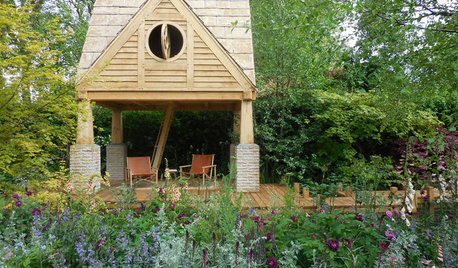
GARDENING GUIDESEnglish Country Garden With Its Own Writer’s Cabin
Tour this lush and magical Chelsea Flower Show garden with a 2-story wooden cabin and tranquil natural swimming pond
Full Story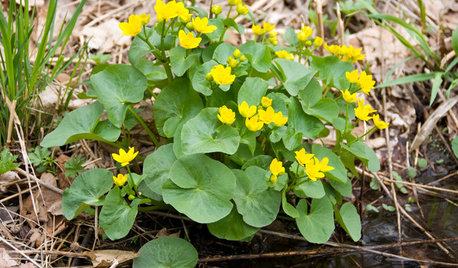
NATIVE PLANTSGreat Design Plant: Caltha Palustris Is a Welcome Sign of Spring
Brighten your rain garden or pond edge in spring with marsh marigold
Full Story
LANDSCAPE DESIGNKoi Find Friendly Shores in Any Garden Style
A pond full of colorful koi can be a delightful addition to just about any landscape or garden
Full Story
GARDENING GUIDESGreat Design Plant: Gentiana Andrewsii
If you’re a fan of closed flowers every autumn, then today is your lucky day!
Full Story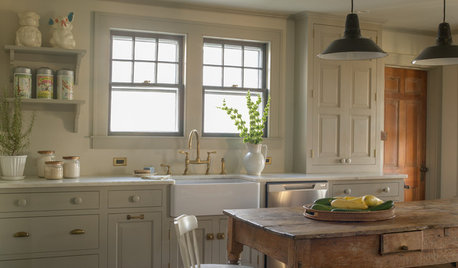
DECORATING GUIDES15 Ways to Get the English Cottage Look
Look to nature, inexpensive fabrics and small swaps to conjure a country-house vibe
Full Story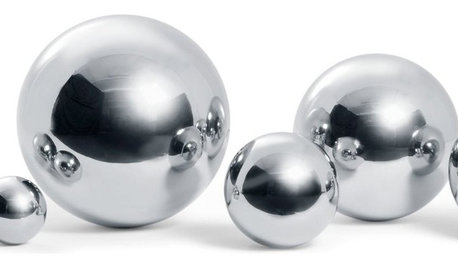
GARDENING AND LANDSCAPINGReflect on Your Garden's Mystery With Gazing Balls
Conjure a sense of magic with metallic garden spheres, which expand the view and your landscape's design potential
Full Story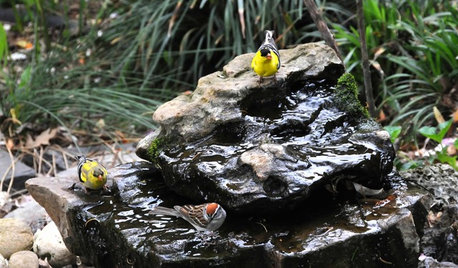
OUTDOOR PROJECTSBring In the Birds With a Homemade Bubble Rock
An avian expert from Southern Indiana shows how to make a burbling fountain that migrating birds will love
Full StorySponsored


edzard
jeepster
Related Professionals
Middle Island Landscape Architects & Landscape Designers · Stamford Landscape Contractors · Clark Landscape Contractors · Federal Way Landscape Contractors · Gloucester Landscape Contractors · Kerman Landscape Contractors · Las Vegas Landscape Contractors · Lynchburg Landscape Contractors · Pleasant Hill Landscape Contractors · Suitland Landscape Contractors · Thornton Landscape Contractors · Forest Hill Landscape Contractors · Quartz Hill Landscape Contractors · Selma Landscape Contractors · Baltimore Decks, Patios & Outdoor EnclosuresGorfram
edzard
Herb
Gorfram
edzard
Gorfram
gregoryjohnOriginal Author
edzard
Gorfram
LouisWilliam
jeepster
gregoryjohnOriginal Author
kernel1
edzard
stittman
chris_in_keystone_fl
yama
diamondjim